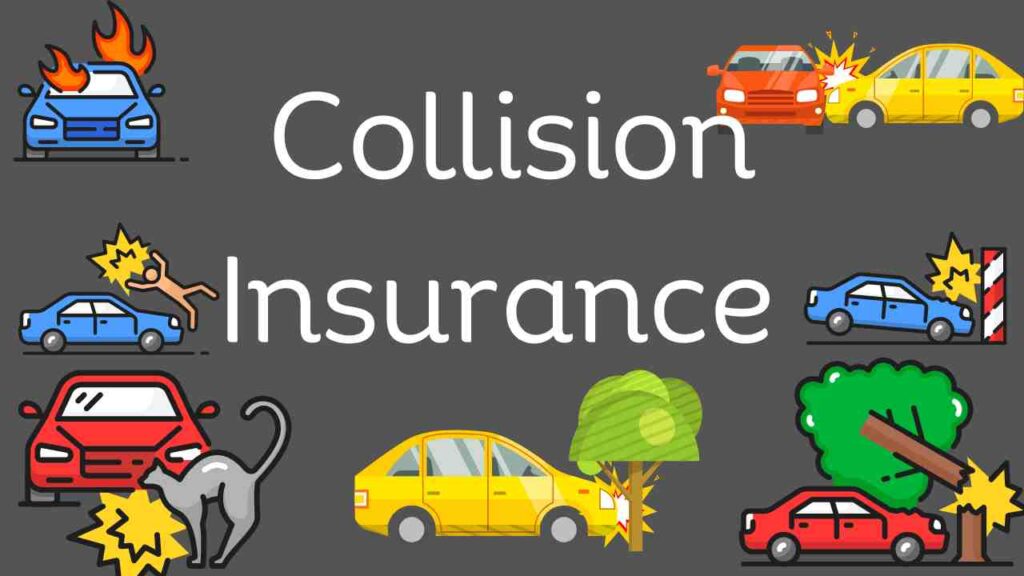Have you ever found yourself at the rental car counter, wondering whether you should opt for the rental car insurance offered? You’re not alone. This is a common dilemma for many travelers. If you already have car insurance, you might think you’re covered. But is that really the case? In this article, we delve into the intricacies of rental car insurance and its interplay with your existing car insurance. We aim to provide clarity on this often confusing topic, helping you make informed decisions the next time you rent a car. So, buckle up as we navigate the ins and outs of rental car insurance.
Introduction to Rental Car Insurance

Rental car insurance is a type of coverage that applies to a vehicle you rent for personal use. This insurance can provide financial protection in case of an accident or damage to the rental car. While rental companies often offer their own insurance products at the counter, it’s important to understand what these policies cover and how they may overlap with your existing auto insurance or credit card benefits.
Rental car insurance typically includes several types of coverage:
- Collision Damage Waiver (CDW): Also known as Loss Damage Waiver (LDW), this coverage waives your financial responsibility if the rental car is damaged or stolen. It may also cover loss-of-use charges from the rental company.
- Supplemental Liability Protection (SLP): This provides extra liability protection up to $1 million. It protects you if you harm others or damage someone else’s property.
- Liability Insurance: This provides protection if you cause an accident that injures other people or damages their property.
- Personal Accident Insurance (PAI): This covers medical costs for you and your passengers if you’re injured in a rental car accident.
- Personal Effects Coverage (PEC): This protects you if any personal belongings are stolen from your rental car.
- Roadside Assistance: While not insurance, many rental companies offer this service for a flat fee. It can cover a variety of situations, such as lost keys, flat tires, or a dead battery.
How Does Car Insurance Work When It’s Your Fault?
It’s worth noting that the specifics of these coverages can vary, and there may be exclusions or limitations. Therefore, it’s crucial to read the policy details carefully.
Significance of Rental Car Insurance
Rental car insurance plays a crucial role in protecting you from potential financial risks when you’re renting a car. Here’s why it’s significant:
- Protection Against Damages: Rental car insurance provides coverage for damages to the rental vehicle. This includes bodywork damage, but typically does not cover damage to the windshield, tires, battery, interior, engine, or gearbox.
- Theft Protection: If the rental car gets stolen, the theft protection cover ensures that you don’t have to pay any money to the rental company from your pocket. It also covers damages done to the car in an attempt to steal.
- Third-Party Liability: This cover is for damages done to the third party from your rented car. However, if you are found breaking rules, the coverage will not be applicable.
- Super Collision Damage Waiver (SCDW): While the Collision Damage Waiver (CDW) only covers the damage to the bodywork, SCDW covers a lot of other additional aspects, giving you peace of mind even if the rented car is damaged badly.
- Personal Accident Insurance: If you or any other occupants of the rented car get injured, the personal accident insurance will pay for the medical expenses incurred.
- Uninsured Motorist Protection (UMP): If you are involved in an accident and the driver of another car is not insured, the UMP will cover the cost of damage and injuries.
- Supplemental Liability Insurance: This increases the maximum amount paid by the third-party insurance cover.
- Peace of Mind: Knowing you’re covered can give you peace of mind when you’re on the road, allowing you to focus on enjoying your trip.
Remember, it’s important to thoroughly understand the terms and conditions of any insurance policy before you purchase it.
Grey Areas in Rental Car Insurance
Rental car insurance can often be a complex topic with several grey areas. Here are some points you might want to cover:
- Overlap with Personal Auto Insurance: One of the biggest areas of confusion is the overlap between rental car insurance and personal auto insurance. Some people might assume that their personal auto insurance fully covers rental cars, but this isn’t always the case. Coverage can vary greatly depending on the individual’s policy and the rental situation.
- Credit Card Coverage: Many credit cards offer rental car insurance as a perk. However, this coverage often comes with numerous conditions and exclusions. It’s important to read the fine print and understand exactly what is covered.
- International Rentals: Coverage for international rentals can be a major grey area. Some insurance policies might not provide coverage for rentals outside of the user’s home country. Additionally, rental car companies in other countries may have different insurance requirements.
- Additional Drivers: Another common area of confusion is coverage for additional drivers. Some policies might only cover the person who booked the rental car, while others might extend coverage to additional drivers.
- Types of Vehicles: Not all types of vehicles are covered under standard rental car insurance. For example, trucks, luxury vehicles, or RVs might not be covered.
- Personal Belongings: While some policies might cover personal belongings in the event of theft, others might not. It’s important to check whether personal belongings are covered under the rental car insurance or another policy, such as homeowner’s or renter’s insurance.
Should I Get Travel Insurance for Study Abroad?
Remember, it’s always a good idea to check with the insurance provider and the rental car company to clarify these grey areas before renting a car.
Things to Check Before Buying Insurance for Rental Cars
Before purchasing insurance for rental cars, it’s important to consider the following:
- Understand Your Existing Coverage: Check your personal auto insurance policy and credit card benefits to understand what they cover for rental cars. This can help you avoid paying for duplicate coverage.
- Know the Types of Rental Car Insurance: Familiarize yourself with the different types of rental car insurance, such as Collision Damage Waiver (CDW), Supplemental Liability Protection (SLP), Personal Accident Insurance (PAI), and Personal Effects Coverage (PEC).
- Consider the Rental Location: If you’re renting a car internationally, check whether your existing insurance provides coverage in that country. Some policies might not extend to international rentals.
- Check for Vehicle Exclusions: Some policies might not cover certain types of vehicles, such as luxury cars or trucks. Make sure the vehicle you’re renting is covered.
- Read the Fine Print: Rental car insurance policies can come with numerous conditions and exclusions. It’s important to read the fine print and understand exactly what is covered.
- Evaluate the Cost: Compare the cost of the rental car insurance with the potential financial risk. If the cost of the insurance is high compared to the value of the rental car, it might not be worth it.
Remember, it’s always a good idea to consult with an insurance professional if you’re unsure about any aspect of rental car insurance.
FAQs
Q 1. What is the difference between CDW and LDW in rental car insurance?
Ans. Collision Damage Waiver (CDW) covers the cost of repairs to the rental car if it’s damaged in a collision, while Loss Damage Waiver (LDW) is broader and covers the cost of repairs or replacement if the rental car is damaged or stolen, regardless of fault.
Q 2. Are additional drivers covered under rental car insurance?
Ans. This can vary by policy. Some rental car insurance policies cover additional drivers, while others only cover the primary renter. Always check the policy details.
Q 3. Does rental car insurance cover personal belongings left in the car?
Ans. Not always. While some rental car insurance policies offer Personal Effects Coverage for stolen personal belongings, others do not. It’s important to check the policy details or consider other insurance (like homeowner’s or renter’s insurance) for this coverage.
Q 4. What are some common exclusions in rental car insurance?
Ans. Common exclusions might include damage from off-road driving, damage from driving under the influence, or damage to luxury or exotic cars. Always read the fine print of the policy.
Q 5. How can I reduce the cost of rental car insurance?
Ans. One way to potentially reduce the cost is to check whether you’re already covered by your personal auto insurance or credit card benefits. If you are, you might not need to purchase additional rental car insurance.
Q 6. What are the consequences of declining rental car insurance?
Ans. If you decline rental car insurance and then damage the rental car, you could be liable for the cost of repairs or replacement. Additionally, if your personal auto insurance doesn’t cover rental cars, you could be left without coverage in the event of an accident.
Conclusion
In conclusion, the decision to purchase rental car insurance depends on various factors, including your existing car insurance coverage, the terms of your credit card benefits, the location and duration of your rental, and the type of vehicle you’re renting.
It’s crucial to understand the coverage provided by rental car insurance and how it interacts with your existing coverage. While rental car insurance can offer valuable protection and peace of mind, it’s not always necessary if you’re already adequately covered. Always check with your insurance provider and credit card company, and read the fine print of any rental car insurance policy before making a decision.

Join Shubham, a finance enthusiast with a mission to empower readers with the knowledge and tools to achieve financial freedom. Discover smart financial advice and unlock your financial potential.


